The reason for the special charm of Guardia Antigua coffee the principle of the formation of microclimate in Antigua
Antigua coffee
The Ya civilization is well known for predicting the end of the world in 2012, and Guatemala was one of the Mayan settlements as early as 2500 BC, so Guatemala was also one of the centers of ancient Indian Mayan culture. Of course, the Mayan civilization and the Mayans are not the theme of this article. What I want to know with you this time is that there is another crystallization in the land of wisdom that gave birth to the Mayan civilization: the coffee of Guatemala.
Guatemala is a presidential republic in Central America, located in the south of the North American continent. It is bordered by the Pacific Ocean to the west, the Caribbean Sea to the east, Mexico to the north and Honduras and El Salvador to the southeast. Coffee was really introduced into Guatemala in 1750 by Father Jesuit, and the coffee industry was developed by German colonists at the end of the 19th century.
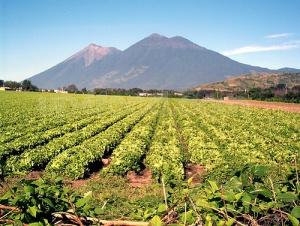
Guatemala covers an area of about 108899 square kilometers. The land features can be divided into plateau volcanoes, lowland tropical forests, volcanic sandy shore plains along the Pacific coast, and virgin lands along the Caribbean Sea. The SierraMadre Mountains of Central America, which straddles Guatemala from east to west, covers an area of about 2GP3 and has 34 volcanoes. In this country, rivers and lakes dot the landscape, while equatorial forests and plain jungles cover the land. Today, most of the coffee industry's production takes place in the south of the country and is rich in high-quality coffee beans.
This is because Guatemala is located in the tropics, the northern and eastern coastal plains have a tropical rain forest climate, and the southern mountains have a subtropical climate, with two dry and wet seasons a year, with the wet season from May to October and the dry season from November to April of the following year.
The central plateau is also the cultural center of Guatemala, where temperatures are mild all year round at an altitude of 1300 to 1800 meters, with daily temperatures between 18 and 28 ℃, and higher levels tend to be colder in January and February. The annual precipitation is 2000-3000 mm in the northeast and 500-1000 mm in the south, while the ecological conditions in the south are very suitable for the growth of high-quality Arabica trees. What is more special is that several active volcanoes are distributed in the southern mountains, and these active volcanoes still erupt irregularly. Although they bring instability to the lives of the local people, their rich volcanic ash soil also benefits the local coffee industry and brings rich substances to coffee cultivation.
And most of the Guatemalan coffee beans belong to the bourbon species of Arabica, so almost all of Guatemala's coffee-growing areas are in the southern mountain forests of the country.
In Guatemala, there are seven major coffee producing areas, each producing different coffee flavors, but to sum up, Guatemalan coffee shows a mild and mellow overall texture, elegant aroma, and similar acidity and pleasant acidity, becoming the aristocracy of coffee, among which AntiguaClassic in Antigua is highly recommended by coffee gluttons all over the world.
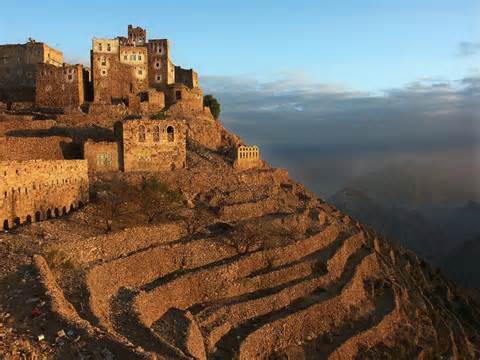
Antigua is the oldest and most beautiful city in America. As early as 1543, Antigua was the capital of all colonial times in Central America, and the Government House of Spain was also set up here. After the great earthquake of 1773, the volcano destroyed the once-prosperous capital in an instant, robbing it of all its prosperity and beauty overnight. The whole city of Antigua was destroyed, so the capital was moved to Guatemala City. After this subversive mountain city, the splendor has disappeared for more than 200 years, and Antigua has never swaggered again. After being dull, Antigua is now run by the last remaining Indians. These hardworking Indians became later coffee producers. They not only discovered the rich and attractive unique smell of Antigua coffee, but also brought it to people all over the world.
Antigua is now a famous producer of coffee. Rich volcanic soil, low humidity, strong sunlight and cool night breezes are the characteristics of Antigua. Three spectacular active volcanoes ── Agua, Acatenango and Fuego form a beautiful valley. Fuego active volcano also adds misty dust from time to time. Every 30 years or so, the area near Antigua is hit by a volcanic eruption, which provides more nitrogen to the already fertile land, and plenty of rainfall and sunlight make the place more suitable for growing coffee.
The Antigua Valley has long been the most famous coffee producing area in Guatemala, and the microclimate of the Antigua Valley provides excellent conditions for growing coffee, which is known all over the world. The road to fame of this producing area began decades ago when some Japanese coffee traders discovered the excellent coffee here. The combination of rich volcanic soil, low humidity, sufficient sunlight and strong temperature difference between day and night have created the personality of coffee in Antigua. The valley consists of three volcanoes: Agua, Acatenango and Fuego. Every once in a while, the Fuego volcano adds fresh and rich ash to the environment. These volcanic ash are rich in minerals and also provide soil growth conditions to help retain moisture to resist the dry climate of Antigua. Like all coffee grown in Guatemala, Antigua coffee grows in the shade of trees, which not only protect coffee from cold nights from December to January, but also create an ecological corridor for wildlife in this subtropical region.
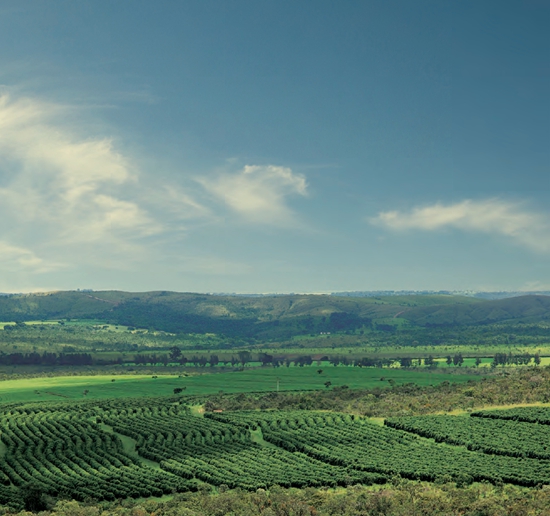
Micro climate information
Climate: the climate in this area is mild, with an average annual temperature of 22 °C. The Antigua Valley is surrounded by mountains and volcanoes to protect it from the north wind.
Height: located at 1500 meters above sea level, producing very hard beans (SHB) quality coffee.
Weather: the rainy season lasts six months from May to October and the dry season from November to April. In the dry season, the temperature is about 14 °C from November to January, while the average temperature from February to April is 24 °C. Such a unique climate creates a special coffee producing area. The average annual rainfall is about 1200-1500 mm.
Soil: volcanic soil mixed with fresh volcanic ash, very rich in minerals and nutrients, is an ideal element for the growth of coffee. This area and valley used to be a lake, so the sediment left behind makes the land fertile and strongly characteristic, affecting the unique quality of coffee.
Planting: most coffee is grown in Arabica bourbon and is grown in the shade of Gravilea trees. Coffee is carefully picked and selected artificially when it is ripe, and then transported to the La Esperanza water washing plant on the outskirts of Antigua.
Coffee treatment: the coffee is carefully treated in the washing field and the coffee beans are separated by a peeling machine. The final pulp is then removed by fermentation and washed with clean water. The coffee is 75% sun-dried. Carefully dry according to customer requirements and ensure that each bag has a consistent quality, as is the case with every harvest.
Season: the flowering season begins in late April or early May, and the harvest period is from December to March. Such high-quality raw coffee beans are usually available in the middle of January.
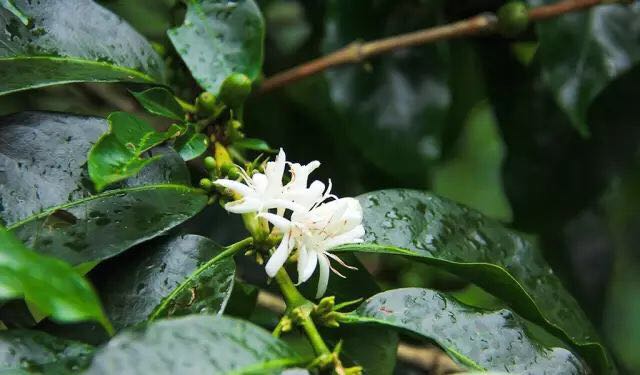
Important Notice :
前街咖啡 FrontStreet Coffee has moved to new addredd:
FrontStreet Coffee Address: 315,Donghua East Road,GuangZhou
Tel:020 38364473
- Prev

Award-winning situation and baking knowledge and skills of Malavit South Fruit in Guatemala
Country: Guatemala region: Vivette Nango Manor: Ravega Manor Plan de la Vega Award: 2016 COE 14th batch: award score: 87 ground dried aroma: red apple, blueberry, fresh juice, blackcurrant flavor: red apple, blueberry, fresh juice, blackcurrant taste lasting in Guatemala in Latin America, the coffee beans are mainly slightly
- Next
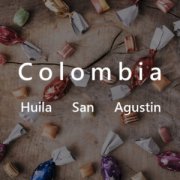
San Agustin Lake Manor Los Lagos in St. Augustine, Villa Province, Colombia
For professional baristas, follow the Coffee Workshop (Wechat official account cafe_style) about 700 million coffee trees have been documented in Colombia, 66% of which are grown in modern plantations and the rest on small traditional farms. The main varieties include Kaddura Caturra, Colombia Colombia, Tibica Tipica, bourbon Bourbon, elephant bean Ma.
Related
- Detailed explanation of Jadeite planting Land in Panamanian Jadeite Manor introduction to the grading system of Jadeite competitive bidding, Red bid, Green bid and Rose Summer
- Story of Coffee planting in Brenka region of Costa Rica Stonehenge Manor anaerobic heavy honey treatment of flavor mouth
- What's on the barrel of Blue Mountain Coffee beans?
- Can American coffee also pull flowers? How to use hot American style to pull out a good-looking pattern?
- Can you make a cold extract with coffee beans? What is the right proportion for cold-extracted coffee formula?
- Indonesian PWN Gold Mandrine Coffee Origin Features Flavor How to Chong? Mandolin coffee is American.
- A brief introduction to the flavor characteristics of Brazilian yellow bourbon coffee beans
- What is the effect of different water quality on the flavor of cold-extracted coffee? What kind of water is best for brewing coffee?
- Why do you think of Rose Summer whenever you mention Panamanian coffee?
- Introduction to the characteristics of authentic blue mountain coffee bean producing areas? What is the CIB Coffee Authority in Jamaica?

